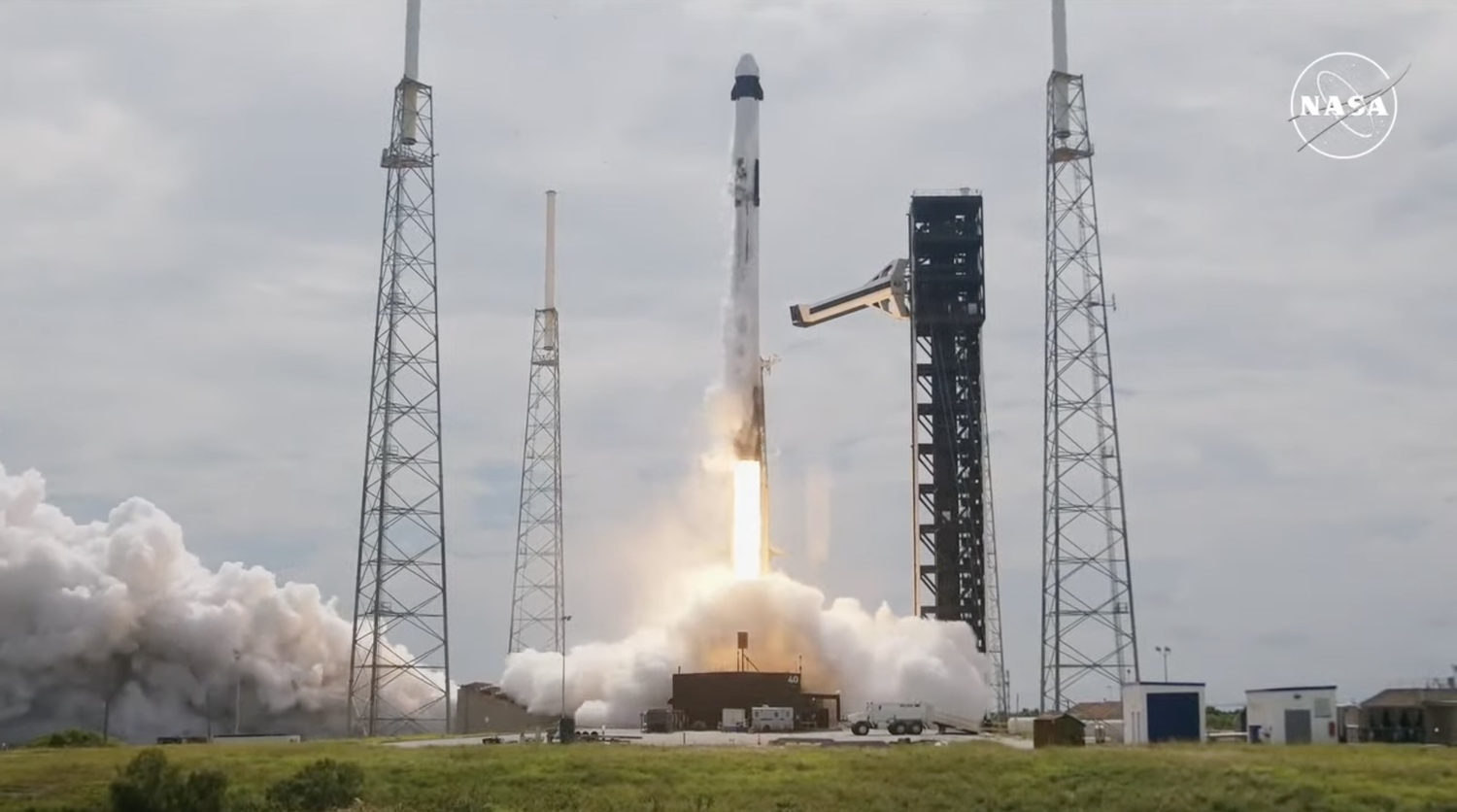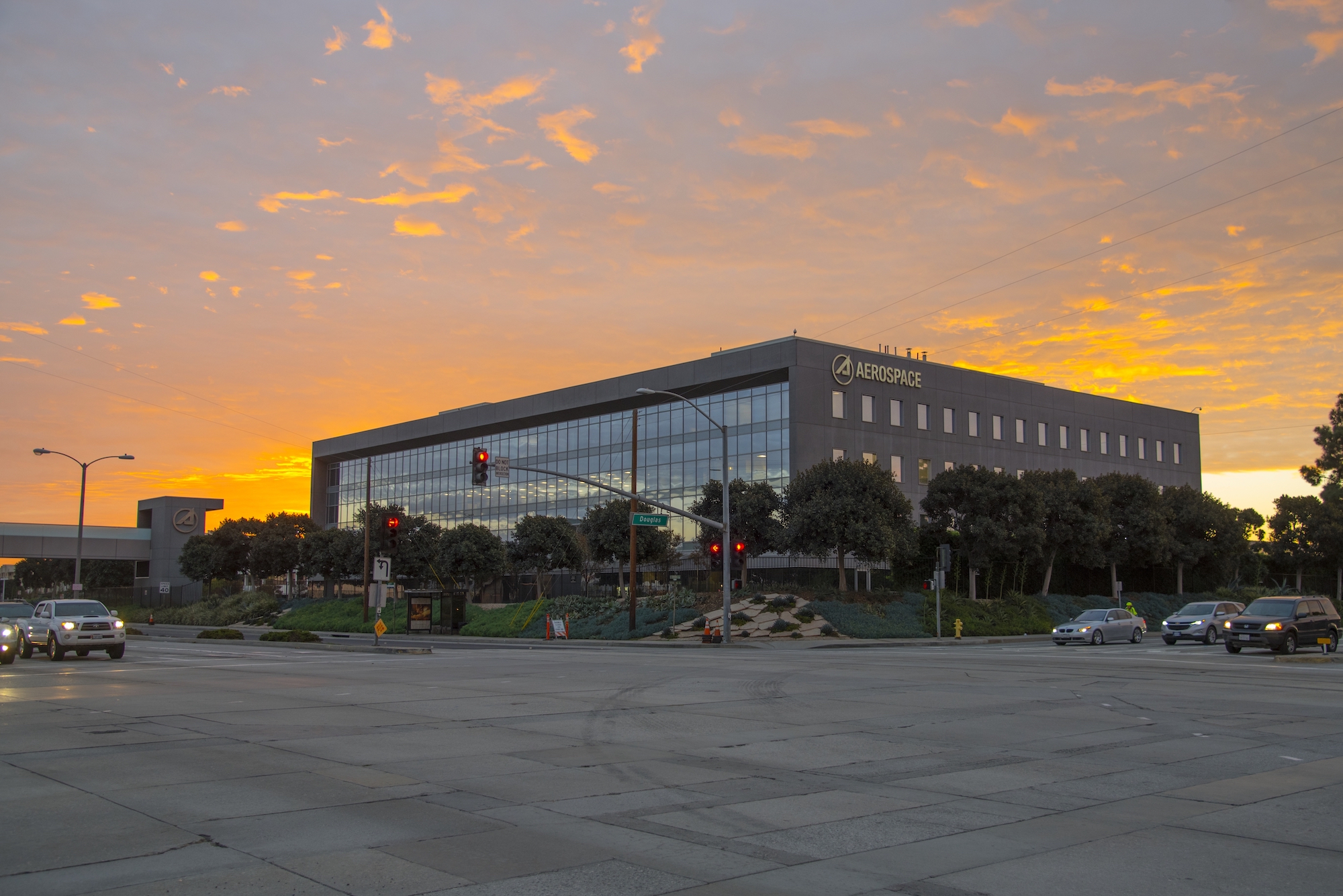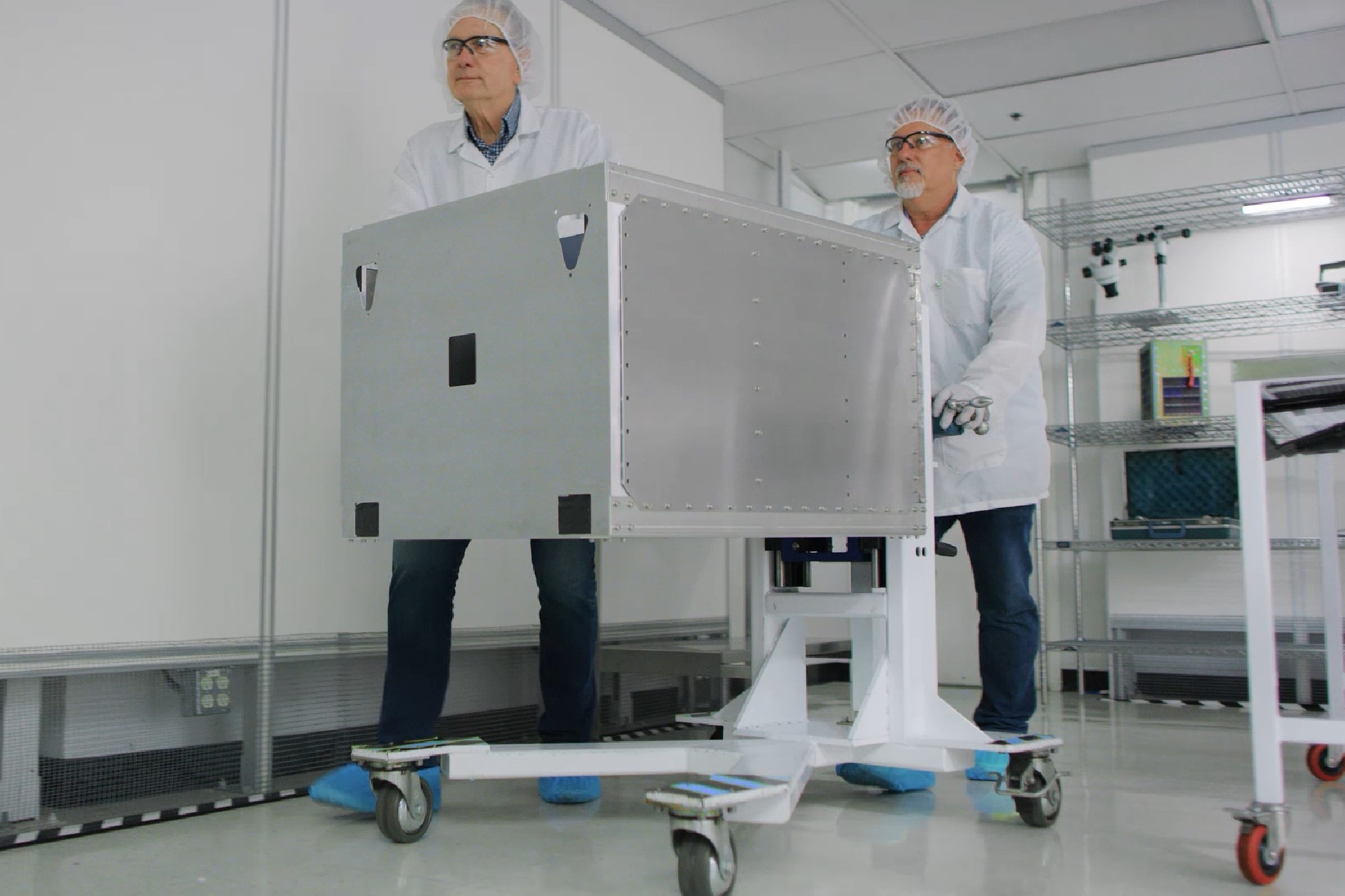WASHINGTON — A Falcon 9 launched a NASA astronaut and Russian cosmonaut to the International Space Sept. 28 on the first crewed mission from a historic Cape Canaveral pad.
A Falcon 9 lifted off at 1:17 p.m. Eastern from Space Launch Complex (SLC) 04 at Cape Canaveral Space Force Station in Florida. It placed into orbit the Crew Dragon spacecraft Freedom, which is scheduled to arrive at the International Space Station around 5:30 p.m. Eastern Sept. 29.
The Crew-9 mission will deliver NASA astronaut Nick Hague and Roscosmos Aleksandr Gorbunov to the station. The two will spend about five months on the station as part of Expedition 72.
The launch comes a month after NASA revamped the crew for the mission, removing NASA astronauts Zena Cardman and Stephanie Wilson from the flight. That decision freed up two seats on the spacecraft that will be filled on the return leg by NASA astronauts Suni Williams and Butch Wilmore, who flew to the station on Boeing’s CST-100 Starliner in June. NASA elected in August to bring back Starliner uncrewed because of concerns about the performance of its reaction control system thrusters.
Cardman had been commander of Crew-9, but NASA elected to keep Hague, originally the pilot, on the crew because of his previous flight experience. During a Sept. 27 briefing, Ken Bowersox, associate administrator for space operations, said the decision on crew reassignments was made by the agency’s flight operations directorate.
“They looked at the skill mix of the crew and decided it made the most sense to have Aleksandr and Nick fly together,” he said. “I know it was a really close call for them.”
He praised both Hague and Gorbunov for the last-minute training changes needed to fly the spacecraft themselves as well as Cardman and Wilson for accepting being taken off the mission. “We’re going to find spots for them to fly and we really appreciate how hard it is to give up a mission and wait a little bit longer.”
“My crewmate Stephanie Wilson and I are very much alongside Nick Hague and Alex Gorbunov as they prepare for liftoff,” Cardman said in comments on NASA’s video coverage of the launch. “Even though we will not be leaving Earth today, I am really proud to have been part of this team getting them ready.”
The cargo on the Crew Dragon spacecraft includes a Dragon-compatible pressure suit for Wilmore — there was one that fit Williams already on the station — so that they can return on that spacecraft when the Crew-9 mission wraps up in early 2025.
NASA officials have resisted calling Crew-9 a “rescue” mission for Wilmore and Williams despite the changes to the mission needed to accommodate their return on the spacecraft. “I really look at it as a crew rotation mission where we rotate the crews,” said Steve Stich, NASA commercial crew program manager, at the briefing. “We just happen to have two crewmembers already there a little early.”
First crewed launch from SLC-40
Crew-9 was the 15th crewed launch by SpaceX, including the eight previous ISS crew rotation missions, Demo-2 test flight for NASA, three private astronaut missions to the ISS for Axiom Space and the Inspiration4 and Polaris Dawn private missions. All those previous missions, though, launched from Launch Complex 39A at the Kennedy Space Center rather than SLC-40, a pad dating back to the 1960s that hosted Falcon 9 launches since the vehicle’s debut in 2010.
SpaceX started work on a crew tower at SLC-40 two years ago at NASA’s request. The agency wanted a backup option in case something happened at LC-39A, which is used extensively by SpaceX for other Falcon 9 missions as well as the Falcon Heavy. SpaceX also has plans to launch its Starship vehicle from that facility.
NASA elected to use SLC-40 for Crew-9 because LC-39A is being prepared for the Falcon Heavy launch of NASA’s Europa Clipper mission as soon as Oct. 10, a process that takes at least three weeks to complete. NASA had planned to use LC-39A for the mission before the agency delayed its launch from August as part of deliberations on Starliner.
Stich said NASA completed certification of the pad during the flight readiness process for Crew-9. “That pad is ready to go.”
Bill Gerstenmaier, vice president of build and flight reliability at SpaceX, said the crew facilities at SLC-40 are very similar to those at LC-39A. “I don’t think there’s anything too special there,” he said SLC-40, with only minor modifications to facilities there based on lessons learned from LC-39A.
One exception is the crew escape system at SLC-40, which uses chutes that crew members slide down, rather than baskets mounted on wires at LC-39A. “We think those are more effective for the crew in the event of an emergency,” he said.
There are, though, some lessons being learned at SLC-40. During a static-fire test of the booster at the pad Sept. 24, winds blew soot from the plume back on the rocket. That required some work to clean surfaces on the Dragon spacecraft and repaint a radiator on the spacecraft to ensure it would operate properly in orbit.
Stich said that problem had not been seen on previous Dragon launches from LC-39A because the flame trench there is longer and points to the north, rather than to the east at SLC-40 where the prevailing winds make it more likely the plume will be blown back on the rocket. “We’ll go take a look at this for the future if we come back to 40 again,” he said.



